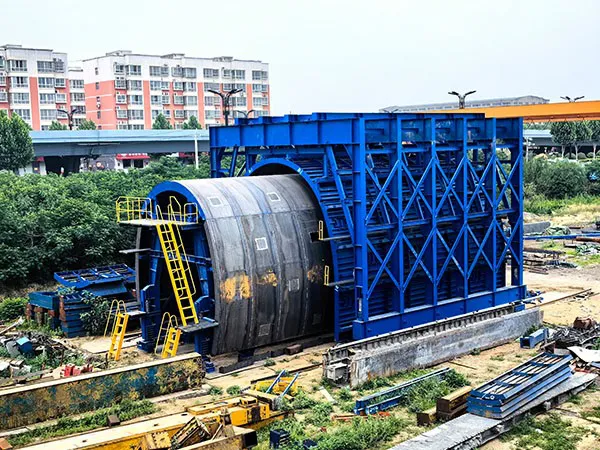Troubleshooting the hydraulic system of a tunnel lining trolley involves a systematic approach, starting with basic checks and progressing to more complex diagnostics. The most common issues relate to pressure, temperature, and contamination.
Tunnel Lining Trolley Hydraulic System Troubleshooting Guide

Part 1: Understanding the Basic Components
To troubleshoot, you need to know what you’re looking at. A typical tunnel lining trolley hydraulic system includes:
Hydraulic Power Unit (HPU):
Reservoir (Tank): Holds the hydraulic fluid.
Electric Motor or Diesel Engine: Drives the pump.
Hydraulic Pump: Creates the flow of fluid.
Filters: Clean the fluid (suction, pressure, and return lines).
Heat Exchanger (Cooler): Prevents the fluid from overheating.
Control Valves:
Directional Control Valves: Direct the fluid to the correct actuator (often solenoid-operated).
Pressure Relief Valve: The system’s primary safety valve, it opens to send fluid back to the tank if pressure gets too high.
Flow Control Valves: Regulate the speed of actuators.
Check Valves & Pilot-Operated Check Valves: Allow flow in one direction and are used to lock cylinders in place.
Actuators:
Hydraulic Cylinders: Perform the work (lifting/lowering the gantry, expanding/retracting the formwork, propulsion, steering).
Conductors:
Hoses and Pipes: Transport the fluid.
Part 2: The Systematic Troubleshooting Approach
Don’t just start replacing parts. Follow a logical process.
Step 1: Gather Information & Observe
What is the exact problem? (e.g., “The main lift cylinders won’t extend,” “The whole system is slow,” “The pump is making a loud screaming noise.”)
When did it start? Was it a sudden failure or a gradual decline in performance?
…
More detailed information on how to troubleshoot the hydraulic system of the tunnel lining trolley can be found at: https://www.gf-bridge-tunnel.com/a/blog/troubleshooting-of-hydraulic-system-of-tunnel-lining-trolley.html



